Shutter Angle vs Shutter Speed: What’s the Difference?
Last Updated on
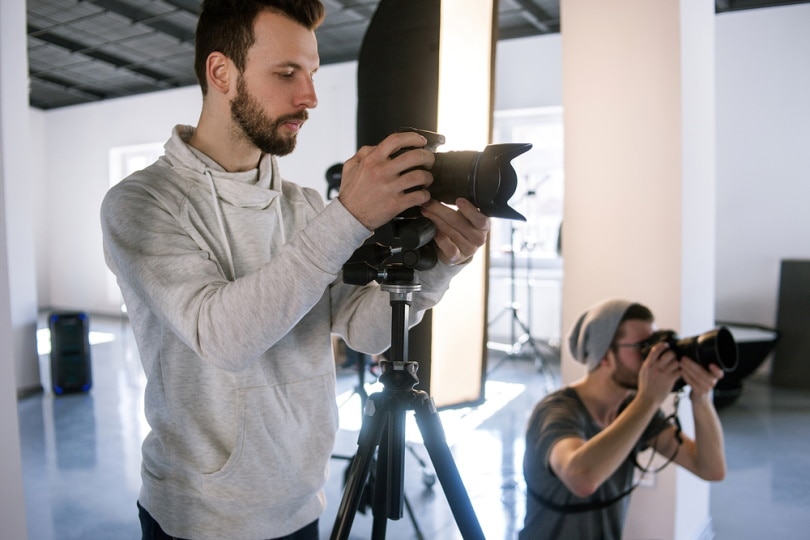
The concepts of shutter angle and shutter speed embody many aspects of photography and filmmaking, and therefore, it’s important to know what they mean and what they do. You might think they are the same, but they have a few major distinctions. Of course, with both of these having the word ‘shutter’ in them, it’s clear that your camera’s shutter is the show’s star. Further down this page, you can learn in detail what the differences are and why they matter.

Overview of Shutter Angle
What is Shutter Angle?
Although we don’t hear this term as often as shutter speed, they have the same function. Shutter angle is the length of time your camera shutter stays open, but there’s a catch. This is based on its relation to the frame rate, or frames per second that your camera takes. Instead of using the time to measure the exposure, the shutter angle is labeled in degrees. This may seem a bit more complex, but most films are shot using a 180° shutter angle.
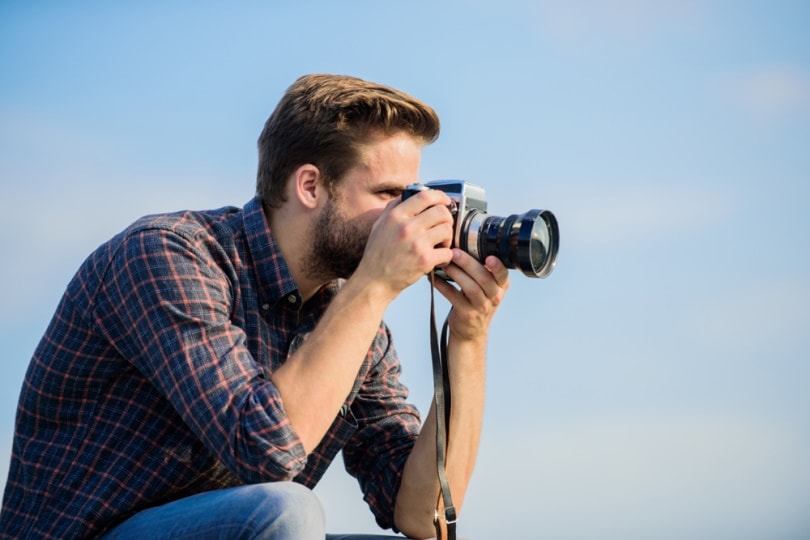
What is Shutter Angle Good For?
Shutter angle is a term that has more prevalence with film, and it was a method of calculating these principles on a moving or “rotating” shutter. With most digital cameras today, this isn’t a feature that can be utilized. If you have an antique or rotary film cinema camera, this is essential to use rather than solely your shutter speed.
How Do You Find the Shutter Angle?
In order to find the shutter angle of your camera, you’ll need to use a formula to convert to it. Multiply your frames per second (fps) by 360 and divide your answer by your shutter speed. This will give you the shutter angle in degrees. For example, if we multiple the classic 24fps format by 360 and divide it by 48 (we get this from 1/48), the result is 180. Just add the degree symbol, and you’ll be set! If this seems a bit complex, look at this formula;
(Frames per second x 360)/Shutter speed
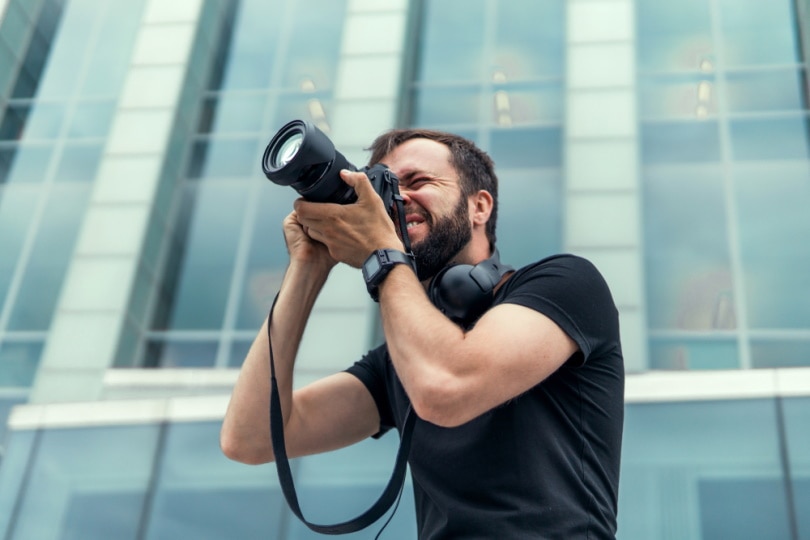
- Good for filmmakers or videographers to know
- Used with antique motion picture films
- Not much use in photography
- Can be difficult to learn

Overview of Shutter Speed
What is Shutter Speed?
Simply put, your shutter speed is the length of time your camera’s shutter stays open for its sensor to collect light. You can control this manually or automatically to alter the effects of an image or video. It’s one of the three principles of photography that make up the exposure triangle. It’s a concept every serious professional or hobbyist of photography and filmmaking should know with confidence.
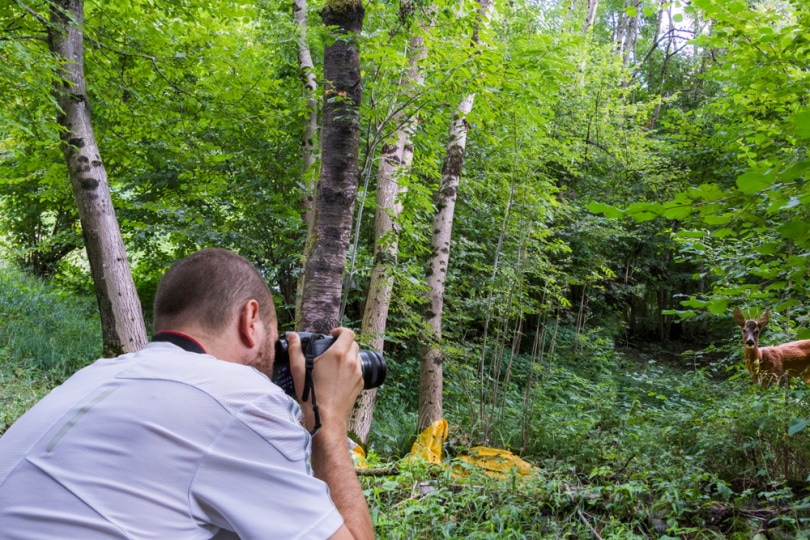
What is Shutter Speed Good For?
Shutter speed is best used when you want to change the perception of what is being recorded. This is usually accomplished by adjusting the motion of a picture.
Extremely slow shutter speeds such as five seconds or 15 seconds will introduce a completely blurred image of any moving subjects in the image. However, it can be used for astrophotography since the camera sensor needs more light.
Extremely fast shutter speeds such as 1/2500 or 1/8000 will capture a still image, which can be used to remove motion blur in things like waves or sports.
Shutter Speed in Video and Film
Contrary to photography, motion pictures have a different measure that they go by to create a pleasing, natural image. The 180° rule has long been the golden standard of all media in the form of video or film. This rule is a relatively easy one to learn: it’s one over your frame rate multiplied by two. If your frame rate is 24fps, you will choose a shutter speed of 1/48. This is because multiplying 24 by two would equal 48, and one over this would be 1/48.
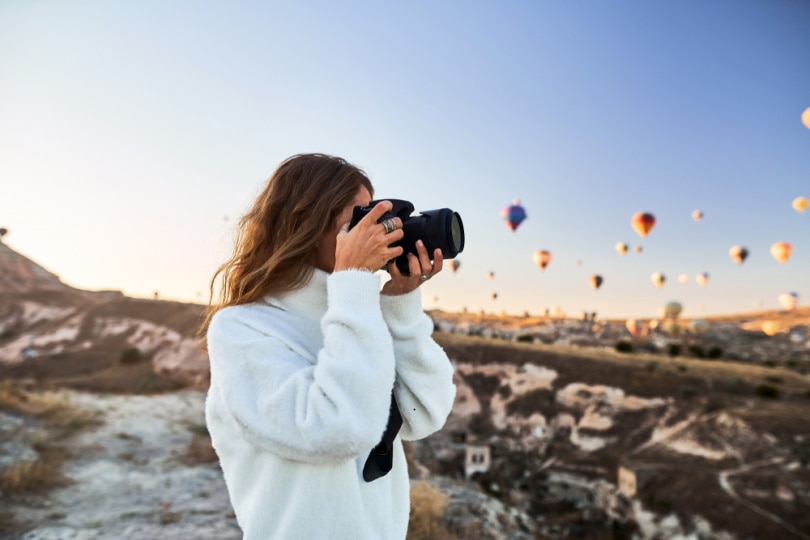
- Easy concept to learn
- Can be used to alter the effect of an image
- Good for photographers and filmmakers
- Isn’t as good for rotary shutters
How to Use Shutter Speed and Shutter Angle
Photographers and videographers should always use their shutter speed with intention—at all times. For photography, fast action will likely force you to make use of a fast shutter speed so you can prevent motion blur. If you want this effect for a long-exposure landscape photo, you’ll need to keep your shutter open for several seconds.
In videos, you can effortlessly follow the 180° rule, so you don’t wind up with strobing in your footage. Here’s a quick cheat sheet that will apply to the majority of your frame rates;
| Frame Rate | Shutter Speed |
| 24 fps | 1/48 |
| 30 fps | 1/60 |
| 60 fps | 1/120 |
| 120 fps | 1/240 |
We recommend writing the figures down or memorizing them, so you don’t need to do the math constantly, but it’s a helpful skill when dealing with unorthodox framerates.
Shutter angle will likely only apply to people who own older cameras since most bodies today do not have a rotary shutter.
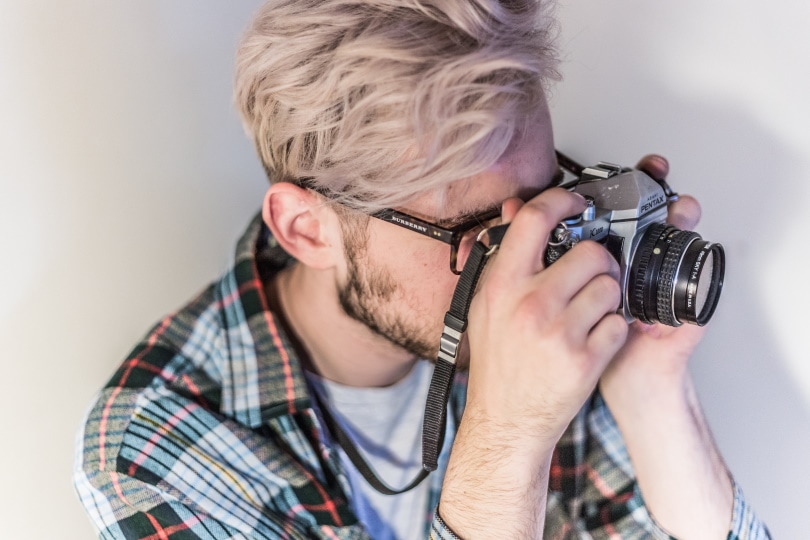
Other Factors to Consider
Shutter angle and shutter speed aren’t the only aspects that change the outcome of your imagery. The exposure triangle may have shutter speed in it, but there are still two others that play a vital role in your picture: aperture and ISO. We won’t go too in-depth with these since it’s best to know the basics above all.
Aperture
This is one of the most fundamental settings that you’ll learn with photography. Aperture is the amount of light that can get through your lens and can be visualized by looking through the front of your lens while you change its value. The widest or “fastest” aperture of your lens will allow you to see farther into your lens. It creates a tighter, more shallow focus so you can separate your subjects from their background. On the other hand, small apertures such as f11 or f16 will show an increasingly smaller hole inside your lens since it doesn’t allow as much light to enter. However, this can be beneficial to get more areas of an image into focus.
ISO
The function that scares photographers more than anything is ISO. It’s a tool to boost the signal of your camera so you can increase the exposure without touching shutter speed or aperture. However, it does come at the cost of creating noise, which is an unwanted artifact that most people don’t want.
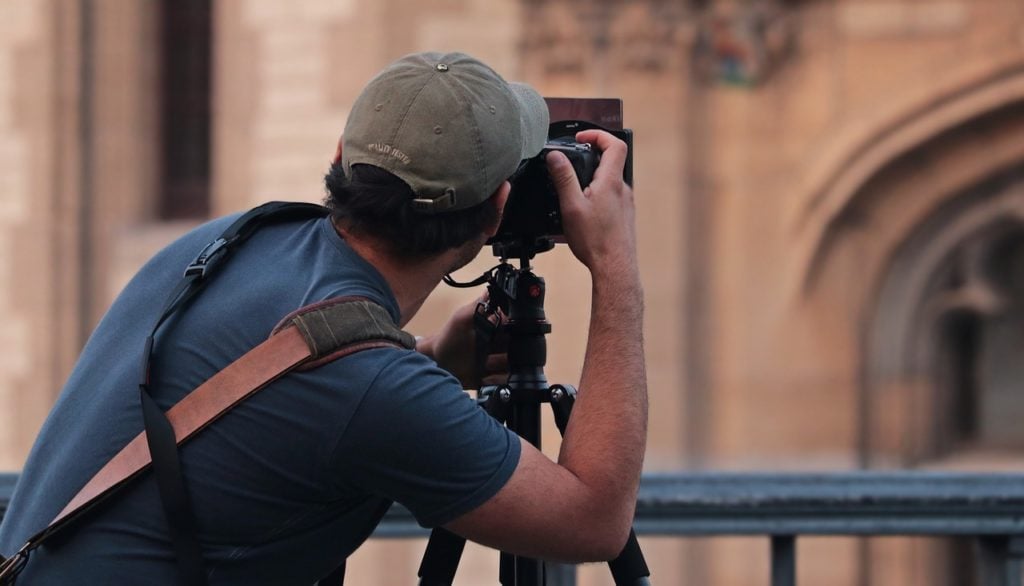

Conclusion
Shutter angle and shutter speed should never be overlooked regarding video or photo exposures. It’s best to see for yourself how they look when altered and in as many scenarios as possible so you become familiar with how each of them works. The main difference is that shutter speed is measured in seconds, whereas shutter angle is measured in degrees.
Featured Image Credit: golubovystock, Shutterstock
About the Author Robert Sparks
Robert’s obsession with all things optical started early in life, when his optician father would bring home prototypes for Robert to play with. Nowadays, Robert is dedicated to helping others find the right optics for their needs. His hobbies include astronomy, astrophysics, and model building. Originally from Newark, NJ, he resides in Santa Fe, New Mexico, where the nighttime skies are filled with glittering stars.
Related Articles:
How to Clean a Refractor Telescope: Step-by-Step Guide
How to Clean a Telescope Eyepiece: Step-by-Step Guide
How to Clean a Rifle Scope: 8 Expert Tips
Monocular vs Telescope: Differences Explained (With Pictures)
What Is a Monocular Used For? 8 Common Functions
How to Clean a Telescope Mirror: 8 Expert Tips
Brightfield vs Phase Contrast Microscopy: The Differences Explained
SkyCamHD Drone Review: Pros, Cons, FAQ, & Verdict
